Michael Jackson, often hailed as the King of Pop, has left an indelible mark on the landscape of global music. Born in Gary, Indiana, Jackson rose to fame as a young member of the Jackson 5 before embarking on a solo career that would redefine the boundaries of pop music. With his remarkable vocal range, innovative music videos, and groundbreaking dance moves, particularly the moonwalk, Jackson transformed the entertainment industry and set new benchmarks for performance artistry and musical production. Among his extensive catalog of hits is “Dirty Diana,” the ninth track from his seventh studio album, Bad. Released in 1987, Bad solidified Jackson’s dominance in the music world, following the unprecedented success of Thriller. While the album as a whole explored themes of paranoia, romance, and introspection, “Dirty Diana” stood out with its distinctive hard rock edge, a departure from Jackson’s usual pop and R&B style.
Released as the fifth single from Bad on April 18, 1988, “Dirty Diana” showcases a grittier, more aggressive side of Jackson. The song delves into the dark realities of fame, specifically focusing on the obsessive behavior of groupies. Its narrative and sound were a bold move for Jackson, who not only wrote the song but also co-produced it with the legendary Quincy Jones. The track features a compelling guitar solo by Steve Stevens, known for his work with Billy Idol, which further enhances its rock appeal. “Dirty Diana” achieved commercial success, hitting number one on the Billboard Hot 100 and garnering critical acclaim for its intense composition and thematic depth. The song’s blend of pop rock with elements of heavy metal represented a significant moment in Jackson’s career, highlighting his versatility and willingness to experiment with different musical styles. This track not only enriched Jackson’s artistic repertoire but also contributed to the enduring legacy of Bad, an album that remains a milestone in the history of pop music.
| Attribute | Details |
|---|---|
| Artist | Michael Jackson |
| Song Title | Dirty Diana |
| Album | Bad |
| Release Date | April 18, 1988 |
| Themes | Paranoia, romance, introspection, dark realities of fame |
| Notable Features | Hard rock style, guitar solo by Steve Stevens, written and co-produced with Quincy Jones |
| Commercial Success | Number one on the Billboard Hot 100 |
| Significance | Shows Michael Jackson’s versatility and willingness to experiment with different musical styles |
Contents
Background
“Dirty Diana,” one of the standout tracks from Michael Jackson’s critically acclaimed album Bad, was crafted as a bold exploration into the rock genre, an expansion of Jackson’s musical repertoire. Released by Epic Records on April 18, 1988, the song was the album’s fifth single and showcased a deliberate departure from Jackson’s typical sound, embracing a more aggressive rock tone. This strategic choice aligned with Jackson’s desire to break boundaries and appeal to a broader audience, similar to what he achieved with “Beat It” on the Thriller album.
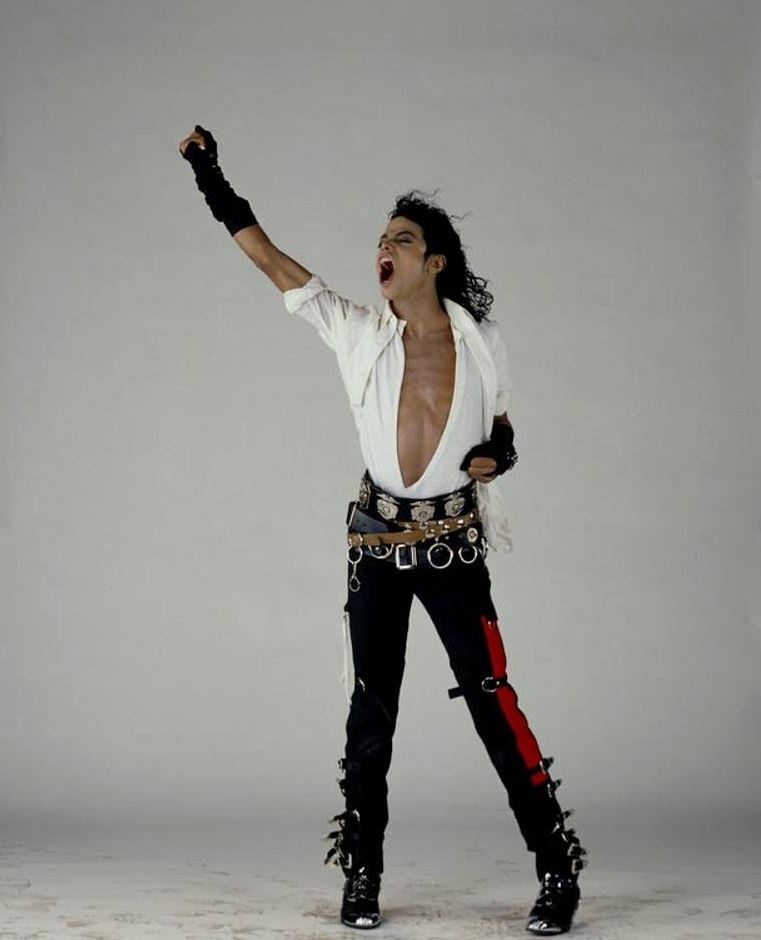
The creation of “Dirty Diana” involved a notable collaboration with Steve Stevens, the celebrated guitarist known for his work with Billy Idol. Stevens’s powerful and gritty guitar riffs added a raw, metallic edge to the track, which was integral to its hard rock appeal. The recording sessions were marked by a blend of high energy and meticulous attention to detail, with Jackson and Quincy Jones co-producing the song. The inclusion of a live guitar solo, rare in much of Jackson’s work, was a testament to his willingness to innovate and push the conventions of his typical sound landscapes.
During its release and subsequent popularity, “Dirty Diana” was the subject of various rumors, particularly regarding its lyrical content. Initial speculation suggested that the song might be about Diana Ross, with whom Jackson had a long-standing friendship and professional relationship. However, this rumor was definitively squashed by both Jackson and his production team. In interviews and public statements, they clarified that the song’s narrative focused on groupies in the rock and roll scene, not on any specific individual. Jackson himself addressed these rumors in a notable interview with Barbara Walters, ensuring the public understood the true inspiration behind the lyrics.
| Attribute | Details |
|---|---|
| Song Title | Dirty Diana |
| Album | Bad |
| Release Date | April 18, 1988 |
| Record Label | Epic Records |
| Musical Style | Aggressive rock tone, expansion into rock genre |
| Notable Collaborator | Steve Stevens |
| Production | Co-produced by Michael Jackson and Quincy Jones |
| Special Features | Live guitar solo by Steve Stevens |
| Lyrical Content Rumors | Initially rumored to be about Diana Ross, later clarified to focus on groupies in rock and roll |
| Public Clarification | Michael Jackson addressed the rumors in an interview with Barbara Walters |
Composition and Style
Musically, “Dirty Diana” represents a synthesis of pop rock and hard rock elements, with a notable influence from the heavy metal genre. This blend creates a dynamic tension within the song, underscored by the aggressive guitar solo by Steve Stevens and Jackson’s intense vocal delivery. The track is set in the key of G minor and progresses at a moderate tempo of 131 beats per minute, which contributes to its brooding and intense atmosphere.
“Dirty Diana” bears a structural and thematic resemblance to “Beat It,” another of Jackson’s forays into the rock genre. Both songs feature prominent guitar solos by renowned rock musicians—Eddie Van Halen in “Beat It” and Steve Stevens in “Dirty Diana.” This similarity highlights Jackson’s consistent effort to bridge the gap between pop and rock, making his music accessible to fans of both genres. The fusion of these elements not only broadened his appeal but also solidified his reputation as an artist capable of crossing musical boundaries with ease.
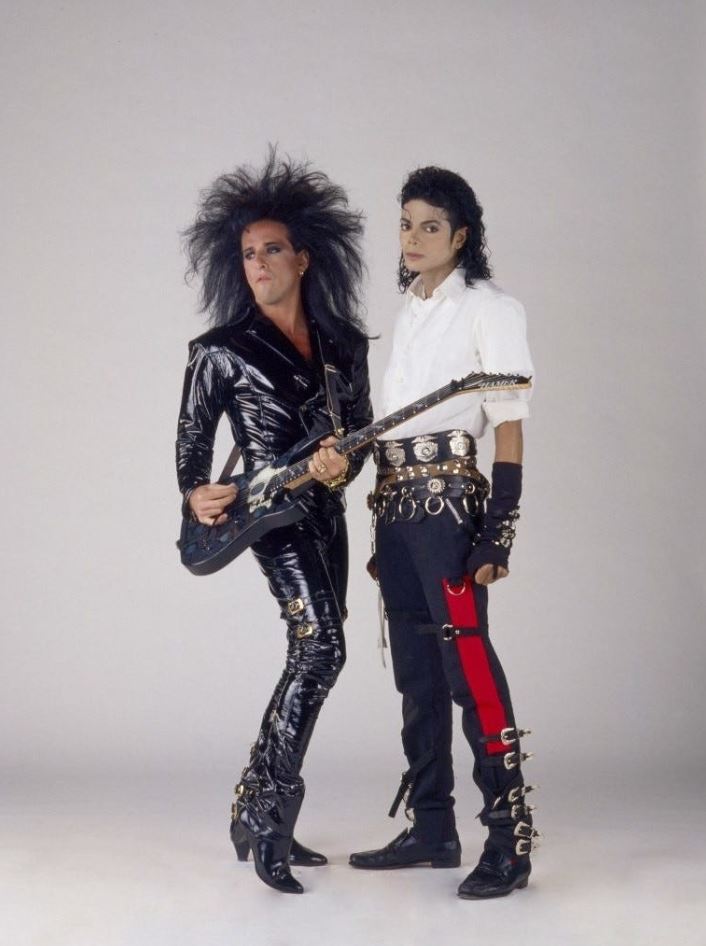
The song’s composition is marked by a range of musical techniques that enhance its emotional impact. Jackson’s vocal range spans from B♭3 to G5, allowing him to express a wide array of emotions, from vulnerability to defiance. The use of common time and the driving rhythm of the drums provide a solid backbone for the track, while the layered synthesizers add depth and complexity to the overall sound.
“Dirty Diana” remains a standout track in Michael Jackson’s discography, not only for its commercial success but also for its bold musical choices. The song’s integration of rock elements with Jackson’s pop sensibilities created a compelling and memorable piece that continues to resonate with audiences worldwide. The strategic use of rock music features and the song’s thematic exploration of the darker sides of fame illustrate Jackson’s artistic depth and his willingness to explore new musical landscapes.
| Attribute | Details |
|---|---|
| Genre | Synthesis of pop rock, hard rock, and heavy metal elements |
| Key | G minor |
| Tempo | 131 beats per minute |
| Comparative Song | Similar to “Beat It” in structural and thematic elements |
| Guitar Solos | Steve Stevens (Dirty Diana), Eddie Van Halen (Beat It) |
| Vocal Range | B♭3 to G5 |
| Musical Techniques | Common time, driving rhythm of the drums, layered synthesizers |
| Emotional Expression | Vulnerability to defiance |
| Legacy | Standout track for its bold musical choices and thematic exploration of fame’s darker sides |
Critical Reception
Upon its release, “Dirty Diana” garnered a spectrum of reactions from music critics, reflecting a division that mirrored the provocative nature of the song itself. While the track climbed the charts and found a place in the hearts of many fans, critics were split, offering both high praise and harsh critiques.
Stephen Thomas Erlewine from AllMusic characterized “Dirty Diana” as a showcase of Michael Jackson at his worst, a sentiment echoed by a few other critics who found the song’s hard rock persona unconvincing for Jackson. Robert Christgau, known for his blunt critiques, labeled the song as misogynistic, aligning it with the explicit themes often found in heavy metal tracks of the time. Conversely, Jon Pareles of The New York Times described the song as a mix of apprehension akin to “Billie Jean” and the rock influences reminiscent of “Beat It,” suggesting a complex narrative that meshed well with Jackson’s evolving musical identity.
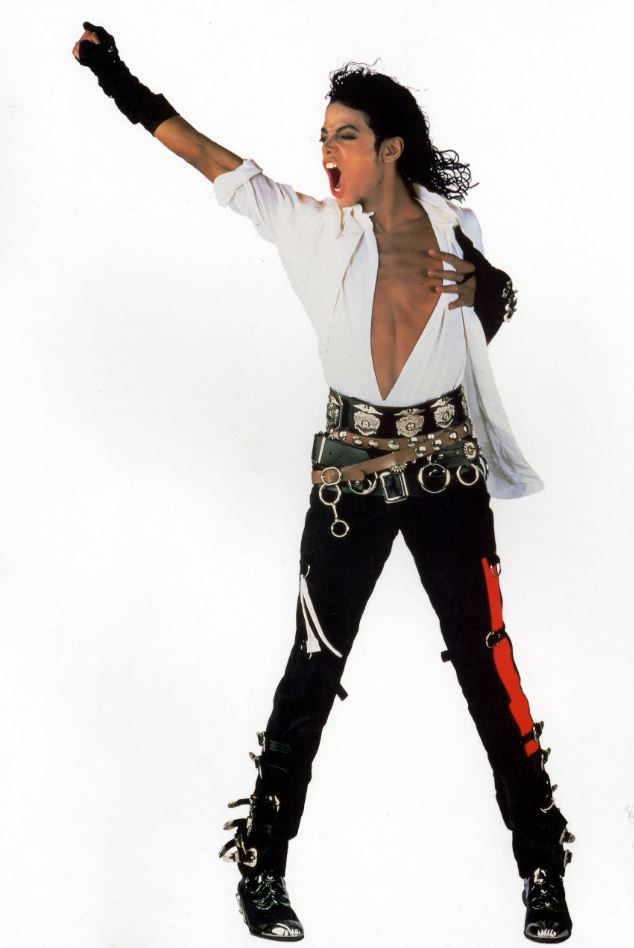
Despite the mixed reviews, some critics appreciated the artistic boldness displayed in “Dirty Diana.” Davitt Sigerson of Rolling Stone acknowledged the song as a potent element of Bad, which he argued was a richer and album than Thriller. Sigerson highlighted the song’s powerful instrumental backing and vocal performance as key factors that elevated it above mere album filler status. The song’s gritty theme of celebrity and exploitation by groupies resonated with audiences, offering a darker, more introspective look at the consequences of fame—a recurring theme in Jackson’s work.
| Critic | Reaction | Details |
|---|---|---|
| Stephen Thomas Erlewine (AllMusic) | Negative | Described “Dirty Diana” as showcasing Michael Jackson at his worst. |
| Robert Christgau | Negative | Labeled the song as misogynistic, comparing it to heavy metal themes. |
| Jon Pareles (The New York Times) | Positive | Viewed the song as a complex mix and rock influences, comparing it to “Billie Jean” and “Beat It.” |
| Davitt Sigerson (Rolling Stone) | Positive | Praised the song’s instrumental backing and vocal performance, highlighting its role in making Bad a richer album than Thriller. |
Chart Performance
“Dirty Diana” proved to be a substantial commercial success, reinforcing Michael Jackson’s unparalleled ability to top charts globally. In the United States, the song achieved a pinnacle position by reaching number one on the Billboard Hot 100, marking it as one of five singles from Bad to achieve this status. This achievement made Jackson the first artist to have five number one singles from one album, a record that spoke volumes about the album’s and the artist’s monumental impact on the music industry.
Internationally, “Dirty Diana” was no less impressive, charting within the top ten in several countries including the United Kingdom, France, Italy, and New Zealand. It demonstrated Jackson’s global appeal, resonating with diverse audiences through its universal themes and compelling musical style. In the UK, it swiftly climbed to the top five, showcasing Jackson’s strong presence in the European market.
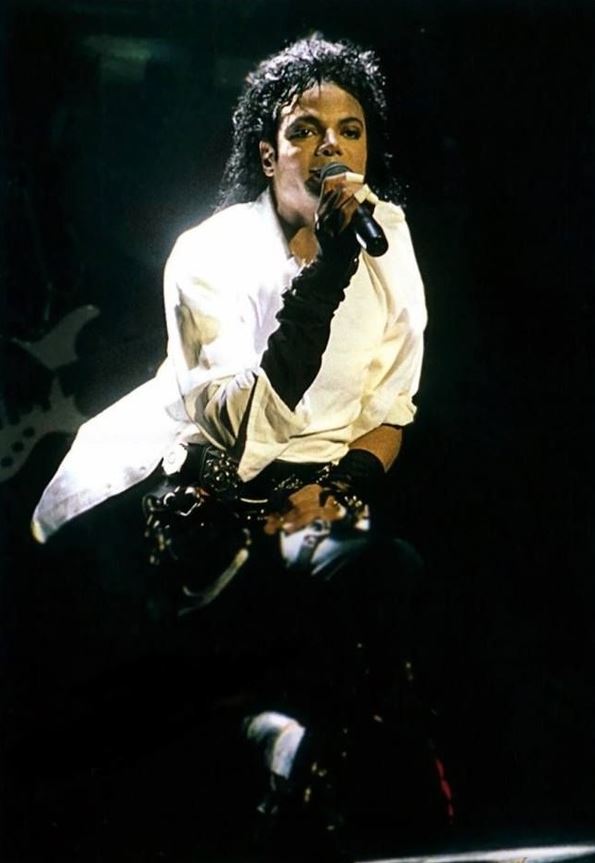
Following Michael Jackson’s untimely death in June 2009, “Dirty Diana,” along with many of his other hits, saw a significant resurgence on global music charts. This posthumous re-entry was driven largely by a renewed interest in his music, as well as an outpouring of nostalgia and respect for his artistic contributions. The song performed well on digital sales charts across several countries, including a notable return to the top 20 in France and the top 50 in the United Kingdom.
The song’s enduring appeal is evidenced not only by its initial success but also by its continued relevance and resonance with fans old and new. The record it set for charting five number one singles from a single album stood unmatched for over two decades until tied by Katy Perry in 2011. This benchmark is a testament to the song’s impact and Jackson’s enduring legacy as a leading figure in the music industry.
Overall, “Dirty Diana” stands as a testament to Michael Jackson’s versatility and his willingness to explore complex themes through his music. Its critical reception, though mixed, underscores the polarizing nature of pushing genre boundaries, while its chart performance confirms Jackson’s status as a pop icon with an enduring appeal that transcends time and musical trends.
| Attribute | Details |
|---|---|
| US Billboard Hot 100 | Reached number one |
| Record Achieved | First artist to have five number one singles from one album (Bad) |
| International Success | Top ten in UK, France, Italy, and New Zealand |
| Impact Post-Michael Jackson’s Death | Significant resurgence on global music charts, notable digital sales in France and the UK |
| Legacy | Record for five number one singles from one album stood unmatched for over two decades until tied by Katy Perry in 2011 |
| Overall Significance | Testament to Michael Jackson’s versatility and willingness to explore complex themes, enduring appeal that transcends musical trends |
Music Video
The music video for “Dirty Diana” is a vivid illustration of Michael Jackson’s compelling stage presence and storytelling prowess. Directed by Joe Pytka, who was renowned for his cinematic approach to music videos, the setting is crafted to resemble a live concert performance, complete with a roaring crowd and an elaborate stage setup. This atmosphere not only intensifies the song’s rock essence but also emphasizes the narrative of a rock star’s tumultuous interactions with a groupie, portrayed by the model Lisa Dean.
Lisa Dean was chosen after a rigorous audition process involving hundreds of candidates. Her portrayal was central to the video, capturing the seductive allure and persistent nature of the titular character, Diana. The video’s production was marked by high-energy performances and dynamic camera work, which highlighted Jackson’s characteristic dance moves and interaction with the live audience, adding a layer of authenticity to the concert-like experience.
The “Dirty Diana” music video was met with critical acclaim and became a favorite among fans, contributing to the song’s success. It went on to win the “Number-One Video in the World” at the inaugural World Music Awards in 1989, further cementing its place in the pantheon of memorable music videos from the 1980s.
| Aspect | Details |
|---|---|
| Director | Joe Pytka |
| Setting | Resembles a live concert performance |
| Main Model | Lisa Dean |
| Audition Process | Rigorous, involved hundreds of candidates |
| Video Features | High-energy performances, dynamic camera work, characteristic dance moves |
| Critical Reception | Met with critical acclaim, contributed to the song’s success |
| Award | Won “Number-One Video in the World” at the World Music Awards, 1989 |
Live Performances
“Dirty Diana” was a significant yet selectively performed piece in Michael Jackson’s concert repertoire. It featured prominently during the second leg of his Bad World Tour, which ran from 1987 to 1989. The performances of this song were particularly notable for their theatrical elements and Jackson’s intense delivery, which mirrored the song’s gritty theme.
An interesting anecdote related to “Dirty Diana” involves Diana, Princess of Wales, for whom the song was allegedly going to be dropped from the setlist during a live performance in Wembley Stadium in 1988. Michael Jackson, aware of the Princess’s attendance and concerned about the song’s subject matter, considered it inappropriate to perform it. However, Princess Diana reportedly told Jackson that it was one of her favorite songs, leading him to keep it in the show. This incident beautifully illustrates the misunderstandings that can arise around a song’s interpretation and the interactions between artists and their esteemed fans.
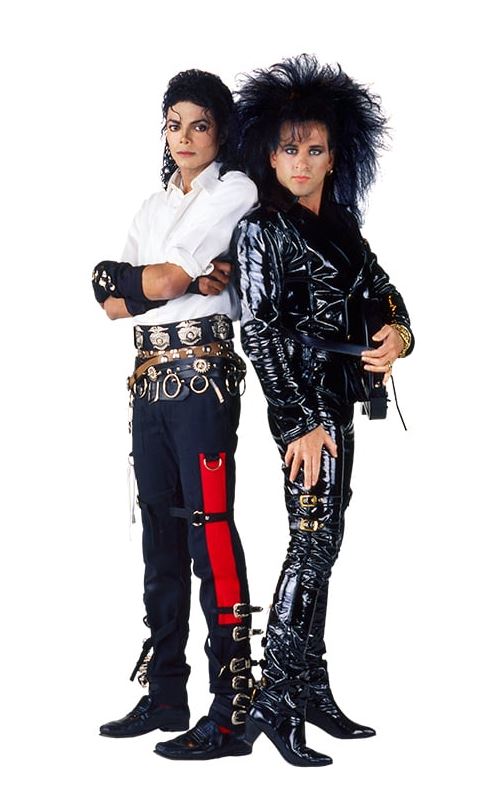
Further highlighting the song’s enduring legacy, “Dirty Diana” was also slated to be a part of the setlist for Jackson’s “This Is It” concert series scheduled for 2009-2010. These performances were highly anticipated as they were intended to showcase a more mature, reflective Jackson returning to his rock roots. Choreographer Kenny Ortega, who was closely involved with the concert preparations, revealed that the performances would have featured an elaborate stage setup, including a pole dancer to enhance the narrative of the song’s lyrics. The setup was to include a giant steel bed, symbolizing the temptations and trials faced by artists in the spotlight.
Unfortunately, these planned performances never materialized due to Jackson’s untimely death, leaving fans and the music industry to wonder about the potential impact of these shows. Nonetheless, the preparations and concepts for “Dirty Diana” during the “This Is It” series demonstrated Jackson’s commitment to artistic evolution and his desire to connect with his audience through powerful, dramatic live performances.
In sum, both the music video and live performances of “Dirty Diana” showcase Michael Jackson’s artistic versatility and his ability to convey complex themes through music and visual storytelling. The song remains a powerful example of his skill in blending pop and rock elements, and its legacy continues through its memorable performances and the intriguing stories associated with its live renditions.
| Aspect | Details |
|---|---|
| Concert Tours | Featured in the Bad World Tour (1987-1989) |
| Performance Notables | Theatrical elements, intense delivery, featured prominently during the second leg of the tour |
| Interaction with Princess Diana | Initially considered dropping the song at Wembley Stadium in 1988 due to Princess Diana’s attendance, but retained after learning it was one of her favorites |
| “This Is It” Concerts | Planned to feature elaborate staging, including a pole dancer and a giant steel bed, to enhance the narrative; performances never materialized due to Jackson’s death |
| Artistic Significance | Demonstrates Jackson’s ability to blend pop and rock, showcases his storytelling through music and visual elements |
Track Listings and Formats
“Dirty Diana” was released in a variety of formats, each tailored to different market needs and collector interests, illustrating the commercial strategy behind one of Michael Jackson’s major hits. The standard 7-inch single featured “Dirty Diana” as the A-side with the instrumental version on the B-side, catering to the conventional single market. For those seeking a more extensive listening experience, the 12-inch maxi single included these two tracks along with the extended version of the song, which offered a deeper dive into the song’s intricate production and extended guitar solos.
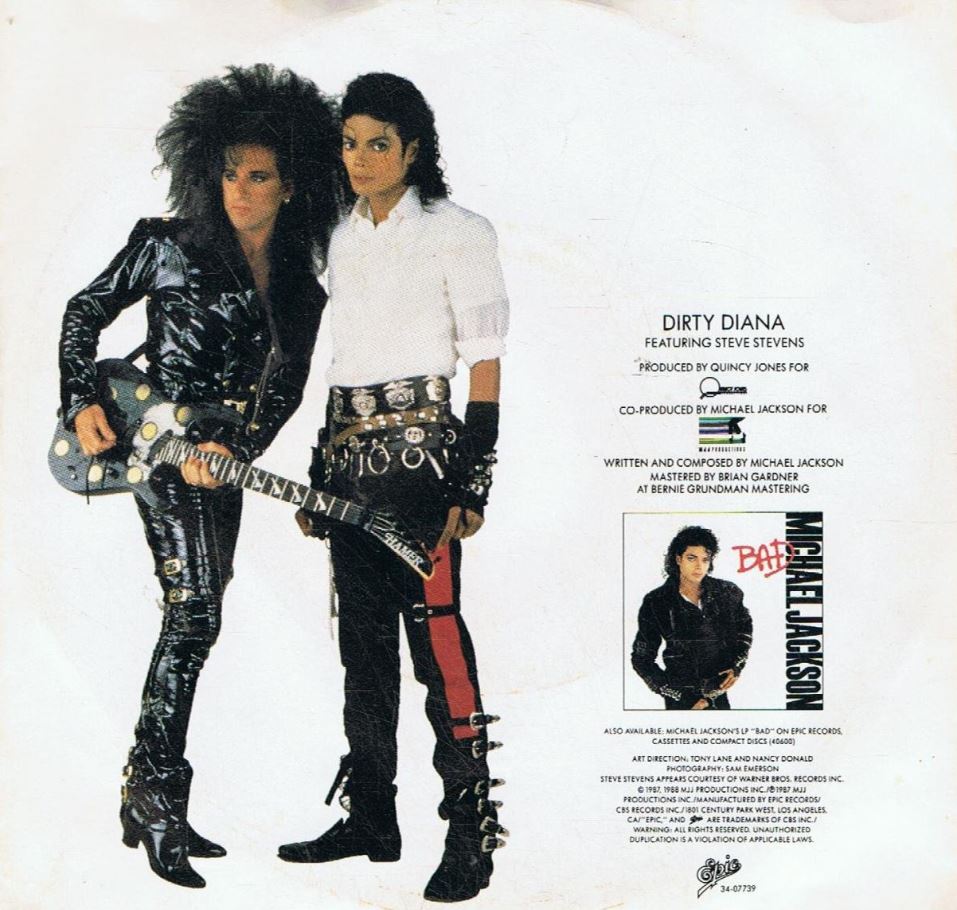
The release also saw a 3-inch CD single format, which was particularly popular in Japan and featured a single edit and the instrumental, alongside the album version of “Dirty Diana.” This format catered to the burgeoning CD market of the late 1980s, offering superior sound quality. Additionally, a CD-maxi single was released, which included the album version, instrumental, and a dance extended mix of “Bad,” another hit from the same album, providing fans with a broader musical experience.
For collectors and dedicated fans, special releases and limited edition formats were also made available. These often included rare artwork or additional content such as behind-the-scenes insights into the recording process, making them highly sought after. Over the years, these collector’s items have not only appreciated in value but have also served to deepen fans’ connection to Michael Jackson’s legacy.
| Format | Contents | Target Audience |
|---|---|---|
| 7-inch Single | A-side: “Dirty Diana” B-side: Instrumental version | Conventional single market |
| 12-inch Maxi Single | A-side: “Dirty Diana” B-side: Instrumental version Extended version of the song | Fans seeking a deeper listening experience |
| 3-inch CD Single | Single edit, instrumental, album version | CD market, especially popular in Japan |
| CD-Maxi Single | Album version, instrumental, dance extended mix of “Bad” | Fans looking for a broad musical experience |
| Special/Limited Editions | Includes rare artwork, behind-the-scenes content | Collectors and dedicated fans |
Legacy and Impact
“Dirty Diana” stands as a testament to Michael Jackson’s ability to transcend musical genres and appeal to a diverse audience. Its rock-infused sound, characterized by Steve Stevens’ fiery guitar work, was somewhat of a departure from Jackson’s typical pop and R&B stylings, showcasing his versatility as an artist. This bold fusion of pop and hard rock elements influenced a generation of musicians, encouraging artists in both genres to experiment with blending different styles in their own music.
Artists across various musical genres have cited “Dirty Diana” as an inspiration, noting how Jackson’s incorporation of a harder rock sound opened up possibilities for creative experimentation in mainstream music. The song’s success paved the way for more pop artists to explore rock elements, while also showing rock musicians the potential benefits of reaching the pop audience.
The legacy of “Dirty Diana” is also reflected in its lasting appeal. Decades after its release, the song is still celebrated for its powerful storytelling and dramatic musical composition. It continues to resonate with new generations of fans, a testament to its timeless quality and Jackson’s enduring impact on music. The song is frequently covered by artists in concerts and on recorded tracks, each time reintroducing it to a new audience and reaffirming its place in the canon of pop music.
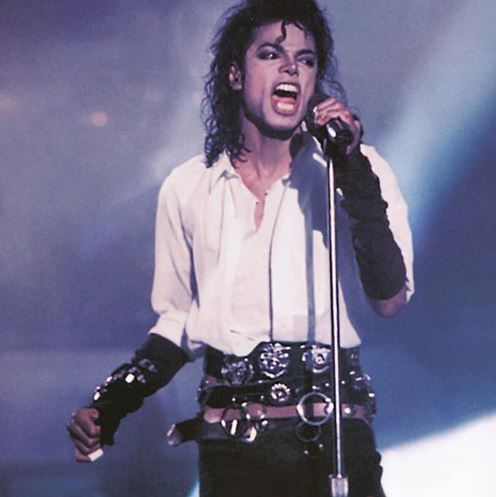
Moreover, “Dirty Diana” has maintained its relevance in Michael Jackson’s career as a highlight of his live performances and a fan favorite. It showcased his ability to tackle complex themes such as fame and its pitfalls—a recurring theme in his later works. The song’s success contributed significantly to the Bad album’s triumph, which is often credited with solidifying Jackson’s status as a global superstar.
In conclusion, “Dirty Diana” not only enriched Michael Jackson’s discography but also had a profound impact on the music industry as a whole. Its innovative blend of genres, compelling lyrics, and powerful performances have left an indelible mark on the landscape of popular music, cementing its place as a classic track that continues to inspire and captivate audiences around the world.
| Aspect | Details |
|---|---|
| Genre Influence | Rock-infused sound with pop elements, showcasing Michael Jackson’s versatility |
| Impact on Artists | Influenced musicians across genres to blend different styles, inspiring creative experimentation |
| Legacy | Continues to resonate with new generations, covered by various artists, celebrated for its storytelling and musical composition |
| Significance in Career | Highlighted Jackson’s ability to tackle complex themes; contributed to the success of the Bad album |
| Enduring Appeal | Remains a fan favorite, frequently reintroduced to new audiences through covers and live performances |
“Dirty Diana,” a standout track from Michael Jackson’s illustrious catalog, encapsulates his profound influence on pop culture and his enduring legacy as a musical innovator. The song, with its gritty narrative and hard rock undertones, not only expanded Jackson’s artistic palette but also challenged the norms of pop music production and thematic exploration during the late 1980s.
The impact of “Dirty Diana” on pop culture is multifaceted. It pushed the boundaries of the typical pop song structure by integrating elements of rock, a genre seldom touched upon with such depth in mainstream pop music at the time. This fusion not only attracted a wider audience but also set a precedent for future musical endeavors across genres, fostering a more inclusive approach to music production and consumption. The song’s dark theme of celebrity and exploitation resonated with a global audience, reflecting the darker side of fame at a time when Jackson himself was grappling with immense public scrutiny.
“Dirty Diana” also highlighted Michael Jackson’s unique ability to convey complex human emotions and narratives, solidifying his reputation as a storyteller through music. The song’s narrative depth and the compelling portrayal of its characters in both the lyrics and the music video added layers to Jackson’s persona as an artist who was not afraid to explore and expose the vulnerabilities associated with stardom. This thematic bravery has inspired countless artists to delve deeper into personal and societal issues, using the pop music platform as a means of commentary and reflection.
Within Jackson’s body of work, “Dirty Diana” occupies a unique position. It stands out as an emblem of his versatility and his willingness to venture into uncharted musical territories. While albums like Thriller and songs like “Billie Jean” and “Beat It” are often celebrated for their groundbreaking production and cultural impact, “Dirty Diana” is particularly notable for showcasing Jackson’s ability to merge his established pop sensibilities with the raw energy of rock music. This not only broadened his musical reach but also enhanced his appeal as a global pop icon capable of transcending musical and cultural boundaries.
Moreover, the song’s lasting appeal can be attributed to its timeless quality, which continues to engage new listeners. The themes of “Dirty Diana” remain relevant, echoing the ongoing conversations about the pressures of fame in today’s celebrity culture. As new generations discover Michael Jackson’s music, they find in “Dirty Diana” a song that speaks to the perennial challenges of human interaction and personal integrity in the face of public adulation.
In conclusion, “Dirty Diana” is more than just a song; it is a cultural artifact that reflects the complexities of its era and the genius of its creator. It underscores Michael Jackson’s profound impact on the music industry and pop culture at large, highlighting his ability to influence not just music but also the broader narrative of modern celebrity. As part of Jackson’s legendary album Bad, “Dirty Diana” contributes significantly to the tapestry of his legacy—a legacy characterized by innovation, bravery, and a deep connection to the human experience. Through this song, Jackson not only left an indelible mark on the music world but also cemented his status as one of the most influential artists of the twentieth century.

